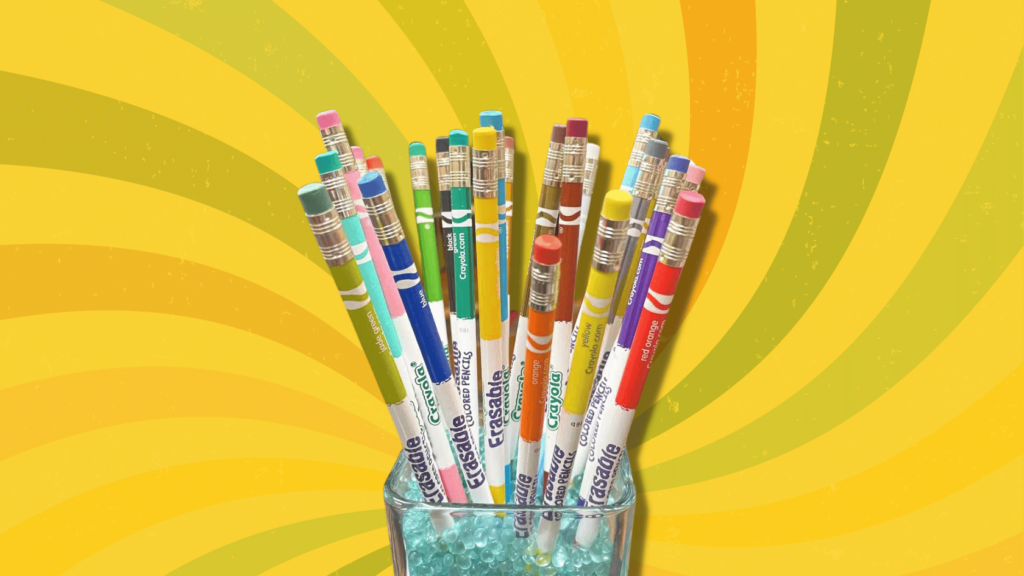Have you been thinking about teaching lead sheets and chord charts in your studio? Do your students bring them to you constantly in lessons? If so, this is the blog for you!
Why Lead Sheets?
Lead sheets and chord charts aren’t just a fun activity for more advanced students or those who are playing in a band setting. They require functional skills that pianists at every level, even beginners, should be learning. Although they are often associated with popular, jazz, or worship styles, they are for everyone! All of our students should be well-practiced in this essential skill.
Accompanying Skills
There are also many secondary skills that are built when playing lead sheets and chord charts! For example, students learn how to accompany in many different settings. Chord charts, in particular, are designed for two-hand accompaniments that support another musician singing or playing the melody.
Creativity and Improvisation
They instill many opportunities for creativity because students get to decide what style matches the song, what accompaniment pattern works with the meter, when to add variation, and more. And, they very much open the door to improvisation; if you can get comfortable creating your own accompaniments from basic chord progressions, it becomes much easier to improvise freely.
Music Theory
Lead sheets and chord charts are also an engaging, hands-on way to learn music theory! Are you teaching chords, progressions, or analysis in group classes or lessons? Learning these concepts through a lead sheet gives students a practical and immersive path to grow their theory knowledge. It may also relate new concepts back to something with which they are already familiar. For example, when teaching chord inversions, I sometimes point out slash chords in lead sheets to make a connection.
Motivation
Personally, I have found that lead sheets and chord charts can be very motivational. Many students want to learn them anyway, so why not use them as a tool to boost interest and excitement? It’s something that students can and should do any time of the year, but winter and summer breaks have worked well in my studio – times when students may not be taking regular weekly lessons. Lead sheets and chord charts can be an easy at-home assignment that keeps them focused during those off times.
Tips for Teaching Lead Sheets
So, how do you start adding lead sheets and chord charts to your already full lesson plans? Here are a few tips when you’re ready to give them a try:
- Find lead sheets at the student’s level. Many lead sheets are made with intermediate or even advanced pianists in mind. If you’re working with beginners, you need to either alter standard sheets or find simpler lead sheets at an introductory level. We have a few suggestions, which we list at the bottom of this blog. And, our own lead sheet series, Easy Piano Lead Sheets and Chord Charts, was designed with three levels in mind to meet the needs of beginning to intermediate pianists.
- Have students practice with block chords. Students can play just the chords of the song at first. Finding the chords is half the battle! Most of the time, it’s the same few chords repeated several times. (This is another opportunity to connect a theory lesson on chords!) For lead sheets, have them play the chords in the left hand; start with right-hand chords when using chord charts.
- Suggest students play chords in time and sing along. Playing the chords in time requires looking ahead, moving the hand, and being ready to switch chords quickly. As in all our music, it’s important to learn to play fluidly, with no pauses.
- Help students play with both hands. Once students can play the chords in time, it’s time to try adding the right-hand melody to lead sheets. While chord charts don’t have melodies, this is still a great place to expand to two-hand accompaniments.
- Coach students for creative accompaniments. In our studio, we have so much fun creating different styles of accompaniments! Students must match accompaniments to the mood of that song – another important skill as musicians.
- Encourage students to explore variety. Finally, playing the same pattern throughout an entire piece can become repetitive. Look for ways students can “mix it up” and bring the audience’s interest to each and every verse. Paying attention to the lyrics and overall shape of the song can be helpful here. And accompaniments are not the only aspect to consider; dynamics, articulations, and choice of register can also pique interest.
Lead Sheet Resources
We hope you enjoy teaching lead sheets and chord charts as much as we do! Check out this list of some beginning lead sheet collections and let us know your favorites in the comments.
- Fake Book Fundamentals: Exercises and Song Examples: A Complete How-To for All Ages (Holly McCann): www.hollymccannpianostudio.com
- Way Cool Keyboarding (Debra Perez): www.pedagogyinmotion.com
- Easy Piano Lead Sheets and Chord Charts (Davis Dorrough and Olivia Ellis): www.creativepianoteacher.com/easy-piano-lead-sheets-and-chord-charts

Dr. Olivia Ellis teaches piano, group piano, pedagogy, and chamber music at Messiah University in Mechanicsburg, Pennsylvania. She’s an editor for Piano Magazine and has published several books including the Easy Piano Lead Sheets and Chord Charts series. She’s constantly creating new activities and games to teach concepts, and loves helping other teachers find their niche.




Pingback: 120 Left-Hand Piano Patterns and How to Use Them in Your Teaching - Creative Piano Teacher